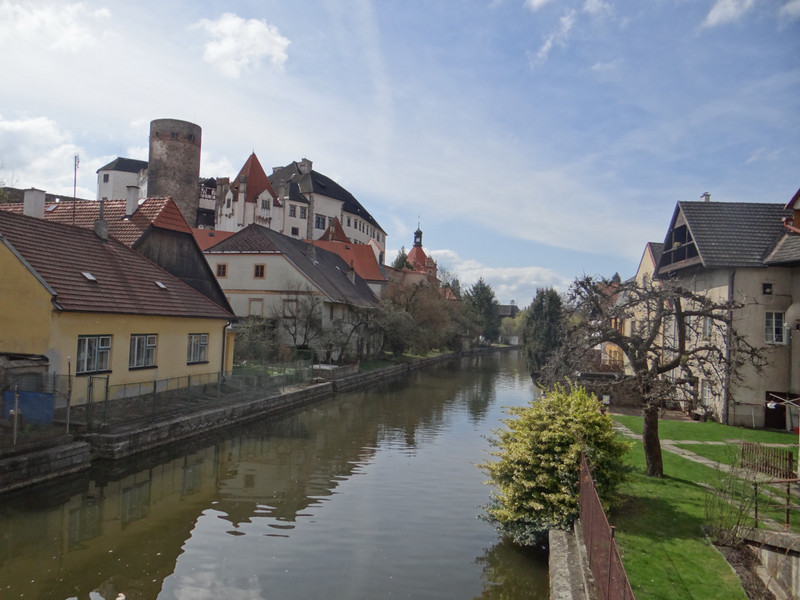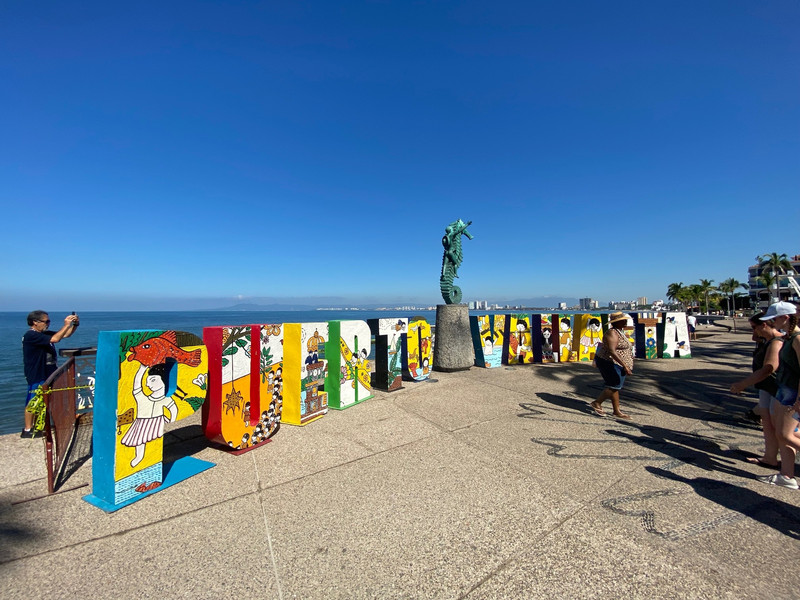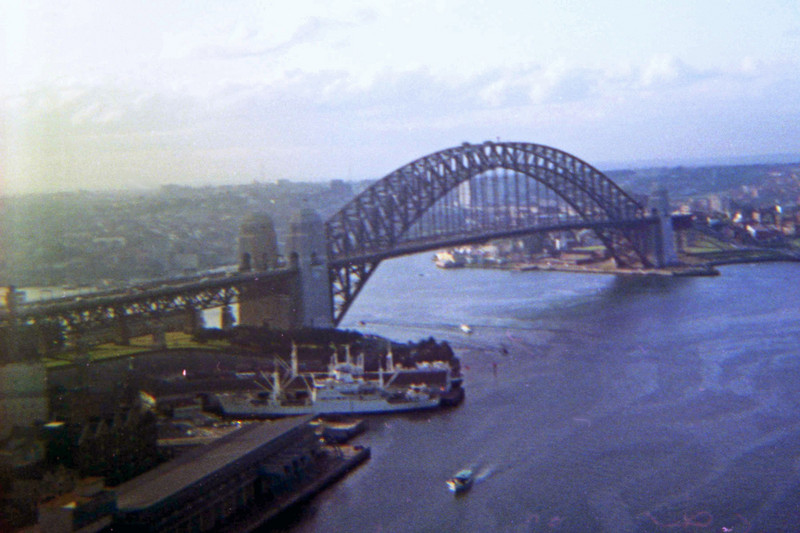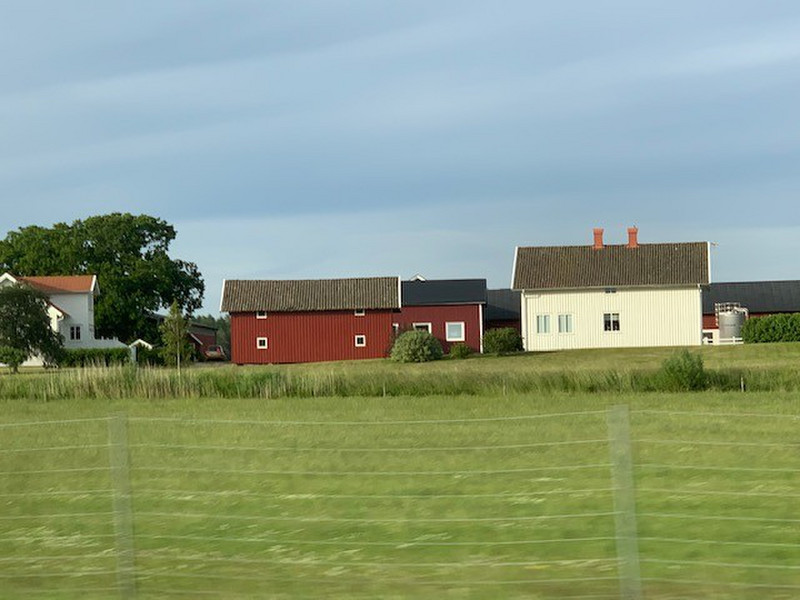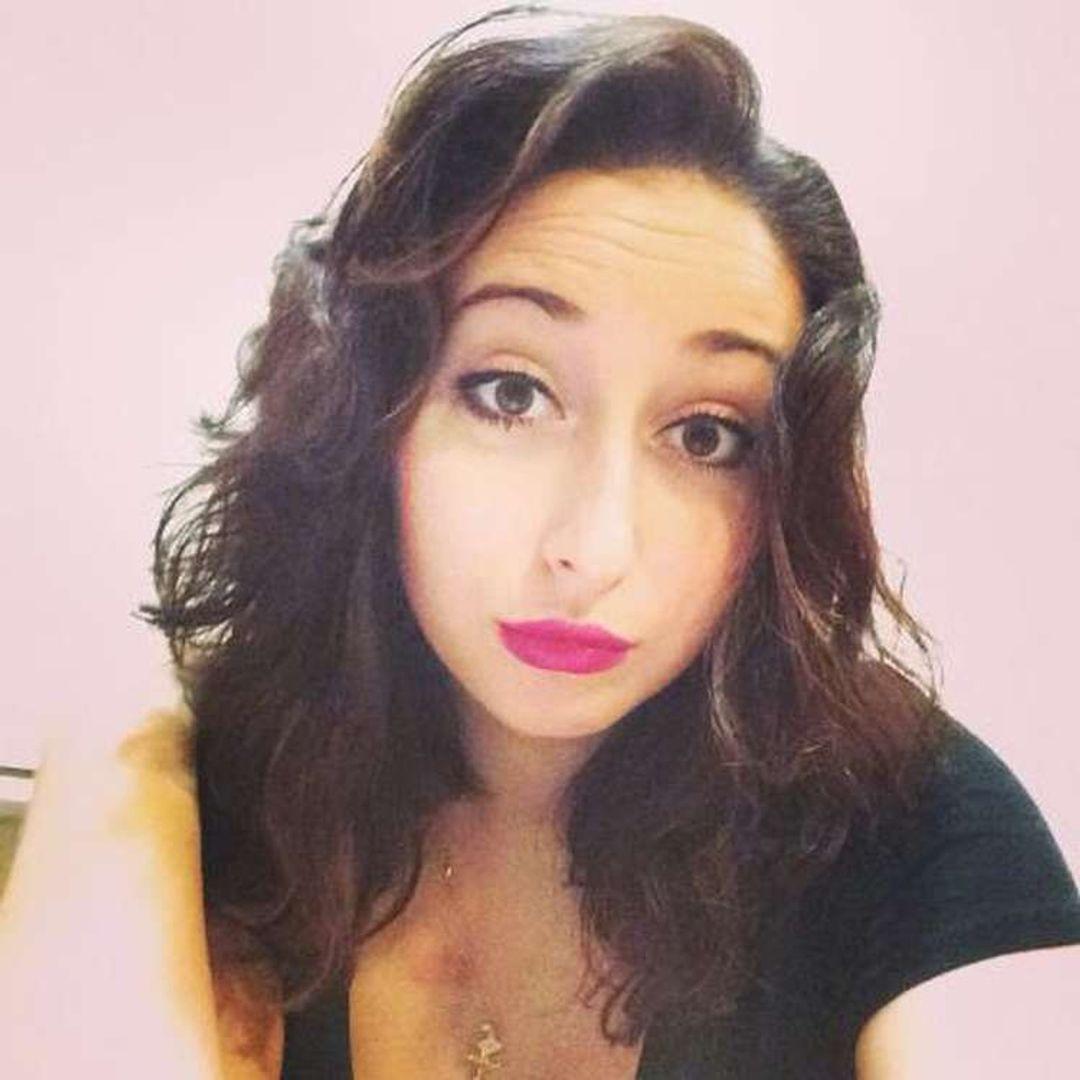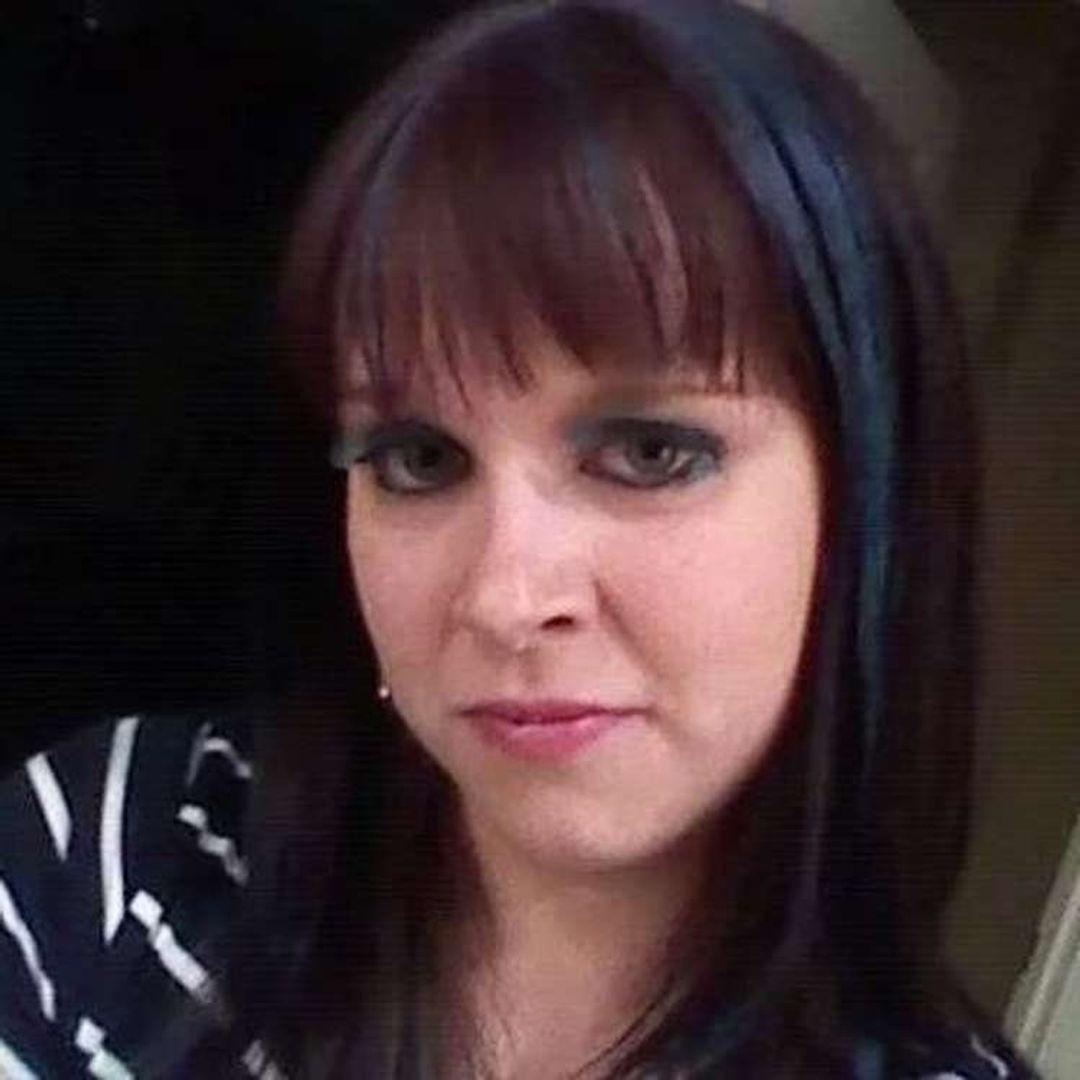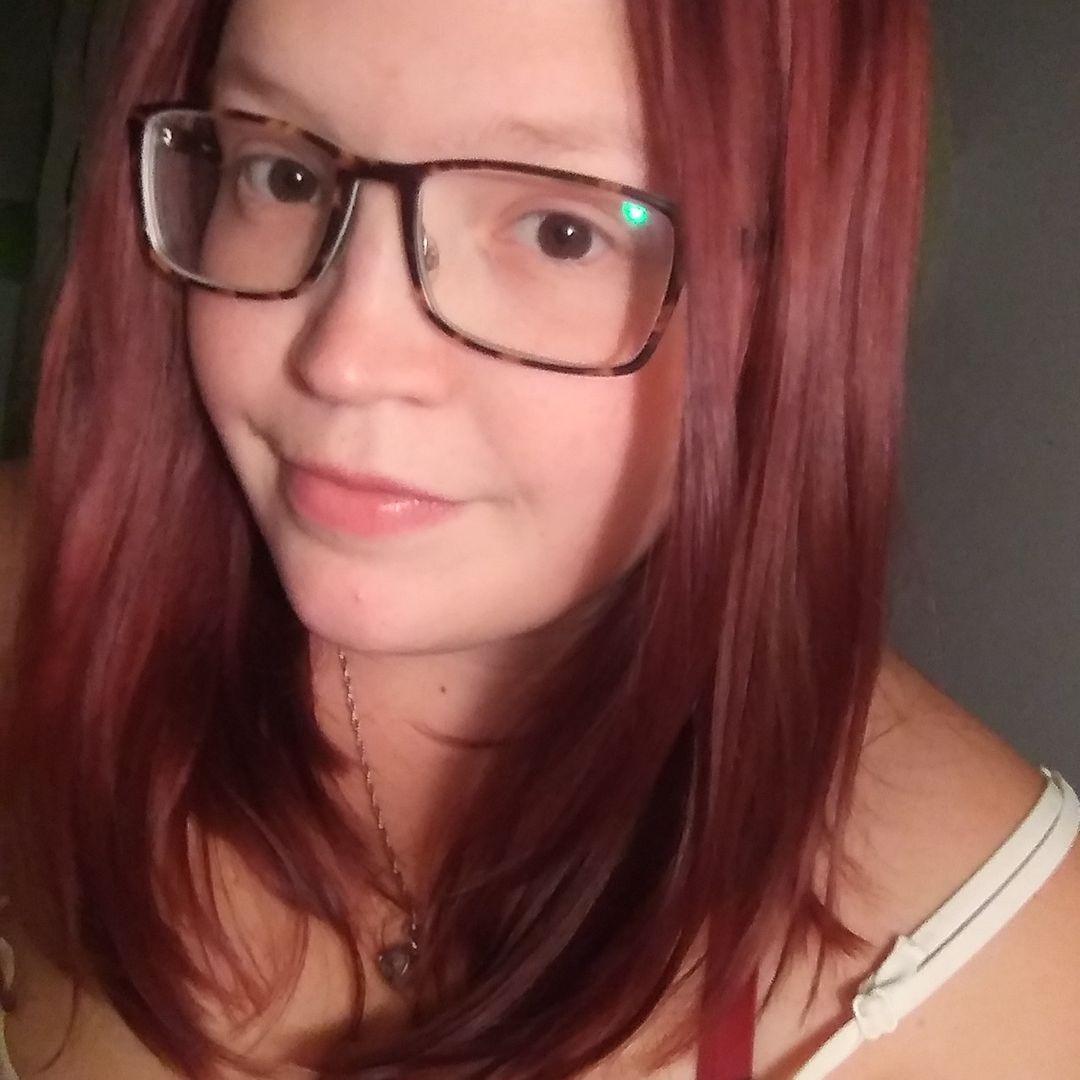Here wo go again. Ray Charles sang it in 1979 already. Now it is our turn to sing it. And Linda and I have reasons to sing. After three years of self imposed quarantine we hit the road again. With our little Volkswagen Polo well leave The Netherlands, cross Germany, cross Czech Republic, cross Slovakia, slowly traveling from spot to spot. Near the border with the Ukraine we will turn and travel back via another route, slowly again, enjoying the trip. It will take us one month.
At Friday the 15th of April we passed with our little Volkswagen Polo the border between Germany and Czech Republic. At the border we had to buy a vignet for the Czech highways (16 euro to pay in cash). Via Česk Budjovice we arrive at last in Jindřichův Hradec in South Bohemia. All the way I am practising to get the right pronunciation of these names. Specially Jindřichův asks agility of mouth and tongue muscles. Linda doesnt have any problem with it. As a Slovakian she is trained in these tongue twisting words. It is a big advance now we drive in Czech Republic, because I only know the most important words like
Sometimes I ask myself why people go to France, Italy and Spain all the time. Because it so beautiful here in these little villages here in Czech Republic and Slovakia. The hotels and pensions are great, the food is delicious, the people nice, the prices low and the streets are not full with hordes of tourists. And when you dont have a partner who can speak the language, almost everyone will address you in English. Like here in Jindřichův Hradec.
We have a charming little pension (Pod Zmken) near the centre. From here we walk to the castle which towers over the village. Czech Republic has lots of castles. One of them is the castle in Hlubok nad Vitava, 60 kilometers from Jindřichův Hradec. It is on top of a hill and terribly white and mega. Actually we dont like it so much. But the interior is absolutely fine. Specially the library is impressive.
Linda heard about these castles in Czechoslovakia during her childhood, though she never visited them. Another castle she knows is Červen Lhota. She knows it from a movie called Zlatovlaska, which
means The girl with the golden hair. It is produced in the 50s and it tells about a hero in a rowing boat on a big dangerous lake to save the princess in the castle. When we visit the castle Linda is disappointed: the lake is actually a pond and not dangerous at all. But the scenery is beautiful. The castle red and is surrounded by water and forest.
Pavlov is not mentioned in our travel guide. Still it is world famous. At least when you are interested in the origin of mankind. And when you are not interested in the origin of mankind, you might be interested in the delicious wines they produce here. We are interested in both.
Pavlov sits in South Moravia near the border with Austria. It is world famous because here and in nearby Doln Věstonice prehistoric settlements were found of humans who lived here 30.000 years ago in the Gravettien (Pavlovien). Probably these were the first inhabitants of Europe. One of the most precious artifacts is a little
sculpture, baked in clay: the Venus of Doln with the Famous Venus of Willendorf in Austria. You can see it all in the archaeological museum in Pavlov, small but beautiful. After visiting the museum we walk around in the hills to get a feeling of how these people used to live.
Thanks to Roman emperor Marcus Aurelius we can enjoy the delicious Moravian wines nowadays. The man is really unbeatable. One of his predecessors, emperor Domitianus had assessed that it is forbidden to produce wine in areas north of the Alpes. (The man is really out of his mind.) But Marcus Aurelius lifted this embargo in 178 AD. And he was right. Because the Mikulovska area here has exactly the right viticulture conditions. It is the wamest and driest area of Czech Republic. Everywhere around are vineyards. In Pavlov we visited a wine cellar.
